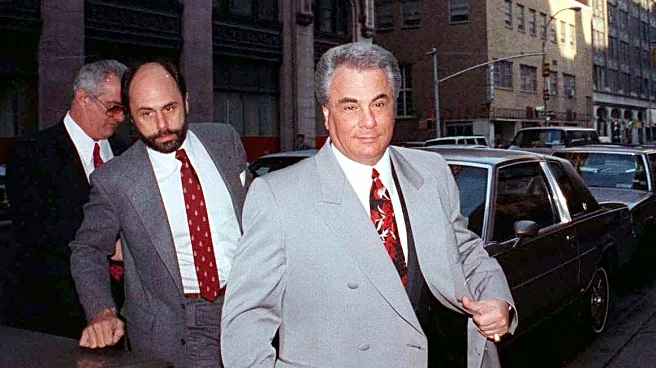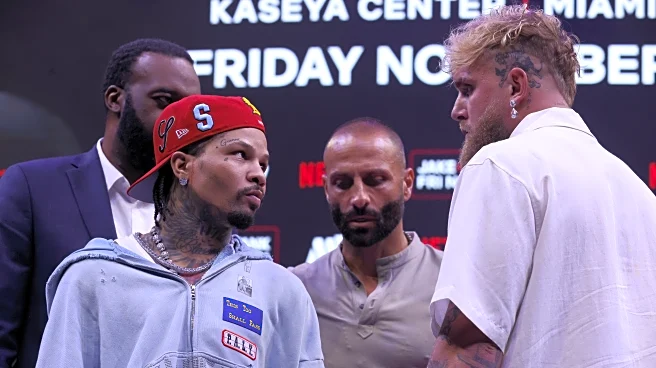What's Happening?
The U.S. hotel industry reported mixed performance for the week ending October 18, 2025, with significant variations across major markets. According to CoStar's data, overall occupancy dropped by 2.4% to 68.5%, while the average daily rate (ADR) increased
by 1.7% to $173.14. Revenue per available room (RevPAR) saw a slight decline of 0.7% to $118.65. San Francisco emerged as a standout market, with occupancy rising by 10.2% to 83.4% and ADR increasing by 68.1% to $368.79, driven by the Dreamforce 2025 event. Conversely, Miami experienced steep declines in both ADR and RevPAR, influenced by comparisons to high-demand events from the previous year.
Why It's Important?
The mixed performance of the U.S. hotel industry highlights the ongoing challenges and opportunities within the travel and hospitality sectors. Markets like San Francisco benefit from major events, driving significant revenue growth, while others like Miami face declines due to unfavorable comparisons with past high-demand periods. These fluctuations underscore the importance of strategic event planning and marketing for hotel operators. The data also reflects broader economic trends, such as consumer spending patterns and the impact of external factors like natural disasters, which can influence travel demand and hotel performance.
Beyond the Headlines
The dynamic nature of the hotel industry, influenced by major events and external factors, points to the need for adaptive strategies and innovative solutions. Hotels may need to explore new revenue streams, such as partnerships with event organizers or investments in technology to enhance guest experiences. Additionally, understanding the impact of past events on current performance can inform future planning and decision-making. The industry's ability to navigate these challenges will be crucial in maintaining competitiveness and ensuring long-term sustainability.















